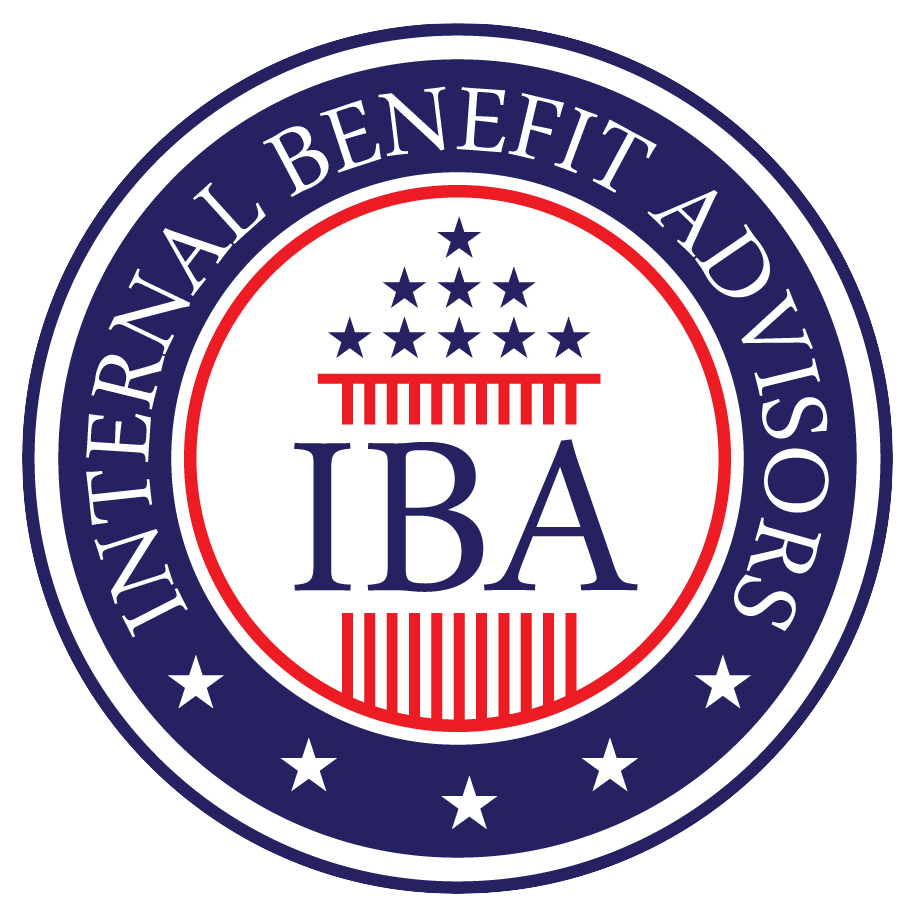The Thrift Savings Plan (TSP) is undergoing a routine but significant evolution in its Lifecycle (L) Fund offerings. As part of a scheduled, ongoing process, the TSP will be retiring the L 2025 Fund and introducing a new L 2075 Fund. These changes are a core part of how the L Funds are designed to work and serve as an important reminder for all Federal Employees to stay engaged with their Federal Retirement Planning.
Understanding these updates is key to ensuring your investment strategy remains aligned with your long-term goals.
The Lifecycle (L) Fund Philosophy
Before diving into the specific changes, it’s important to understand the purpose of the L Funds. They are “target-date” funds designed to offer a simplified, hands-off investment strategy. Each L Fund is a diversified mix of the five core TSP funds (G, F, C, S, and I).
The key feature is that the investment mix of each L Fund automatically adjusts over time. When the target retirement date is far in the future, the fund is aggressive, with a higher percentage in stocks (C, S, and I funds) to maximize growth. As the target date approaches, the fund gradually becomes more conservative, shifting more assets into the G and F funds to preserve capital.
Retiring the L 2025 Fund
The L 2025 Fund is designed for participants who plan to begin withdrawing their money in or around the year 2025. As this date has now been reached, the fund will complete its lifecycle.
- What Happens: On July 1, 2025, all money currently in the L 2025 Fund will be automatically rolled into the L Income Fund.
- The L Income Fund: This is the most conservative of all the L Funds. Its primary objective is capital preservation rather than growth, making it suitable for those who are already in retirement and taking withdrawals.
- What Participants Should Do: If you are invested in the L 2025 Fund and are comfortable with this transition to the most conservative allocation, you do not need to do anything. However, if you feel this allocation is not right for your personal risk tolerance or financial situation, you can make an interfund transfer to move your money into any other TSP fund or combination of funds at any time.
Launching the New L 2075 Fund
To ensure the L Fund lineup continues to serve employees at all career stages, the TSP will simultaneously introduce a new fund at the opposite end of the spectrum.
- What Happens: On July 1, 2025, the new L 2075 Fund will become available for investment.
- Target Audience: This fund is designed for new and young Federal Employees whose retirement is approximately 50 years away.
- Investment Mix: The L 2075 Fund will have the most aggressive investment allocation of all the L Funds, heavily weighted toward stocks to prioritize long-term growth potential. It will also become the new default fund for new FERS employees who are automatically enrolled in the TSP but do not make their own investment election.
Why This Is Important for Your Retirement Strategy
While these changes are automatic, they provide an excellent opportunity for every federal employee to conduct a personal review of their Federal Benefits and investment strategy.
- Is Your L Fund Still a Good Fit? If you are invested in an L Fund, consider if its target date still aligns with your expected retirement. Life events can change your plans.
- Have Your Goals Changed? Your personal risk tolerance and financial goals may have evolved. It’s always a good practice to periodically review your TSP allocation to ensure it matches your current strategy.
- Beyond the L Funds: Remember that you have the option to create your own custom allocation using the five core funds if you prefer a more hands-on approach.
Navigating these investment decisions can be complex. The choices you make within your TSP have a significant impact on your overall Federal Retirement Planning. This is where professional guidance can be invaluable. Specialists in Federal Benefits, like the advisors at Internal Benefit Advisors, can help you assess your risk tolerance, understand your investment options, and ensure your TSP strategy is fully integrated with your FERS pension and other Retirement Benefits to build a secure financial future.
Beyond the L 2075 Launch: How Federal Employees Can Avoid $300k+ Retirement Mistakes with Expert Guidance
The Federal Retirement Thrift Investment Board (FRTIB) has unveiled critical updates for Federal Employees planning 2025 retirements and introduced the new L 2075 Lifecycle Fund (FedWeek). While these changes offer opportunities, they create complex retirement planning pitfalls only Federal Retirement Specialists can help you navigate.
3 Overlooked Retirement Hazards in TSP’s 2025 Guidance
| Step | DIY Risk | Advisor Solution |
|---|---|---|
| Beneficiary Updates | 43% of forms contain errors delaying distributions | Multi-generational beneficiary optimization |
| Withdrawal Elections | Wrong payment type costs $182k avg in taxes | Tax-efficient withdrawal sequencing |
| Fund Transfers | Mis-timed moves trigger market losses | Glide path adjustment protocol |
The L 2075 Advantage: Why Young Feds Need Specialized Advice
✔ Extended Equity Exposure: 99% stocks until 2045 vs. L 2065’s 2035 shift
✔ Emerging Markets Weight: 14.5% allocation vs. 12.8% in older funds
✔ Small-Cap Boost: 11% allocation to capture growth potential
*”A 25-year-old contributing $500/month to L 2075 instead of L 2065 could gain $217,000 by retirement through compounded growth differentials.”* – TSP Performance Analysis
Why Generic Advisors Fail Federal Employees
The TSP-Specific Knowledge Gap
Most financial planners miss critical federal nuances:
- FERS Supplement Coordination: Withdrawal timing to bridge to age 62
- FEHB Integration: Healthcare cost projections in retirement
- Special Tax Treatments: State exemptions for federal pensions
Internal Benefit Advisors solves this with:
✔ OPM-Certified Specialists on staff
✔ TSP Glide Path Analyzer™ software
✔ Federal Tax Arbitrage Network covering 50 states
Your 2025 Retirement Countdown: Advisor-Led Checklist
12-18 Months Out: Foundation Building
- High-3 Lock: Target last promotion before retirement
- TSP Audit: Rebalance using Contribution Allocation tool
- FEHB/Medicare Bridge: Run Part B premium projections
6 Months Out: Strategic Positioning
- Withdrawal Election: Choose between:
- Monthly payments ($2,500 min)
- Partial withdrawals (max 4/year)
- Annuities (immediate vs. deferred)
- Roth Conversion: Shift traditional TSP during low-income window
30 Days Out: Execution Perfection
- Form TSP-70: Submit electronically to avoid 4-week processing
- Tax Withholding: Elect 22% federal minimum (avoid underpayment penalties)
- Beneficiary Verification: Confirm per stirpes vs. per capita designations
The L 2075 Advantage: Young Fed Action Plan
For Employees Under 35
- Immediate Shift: Move existing balances to L 2075
- Contribution Boost: Increase by 1% annually using automatic feature
- Risk Mitigation: Supplement with G Fund (10-15%) if risk-averse
“Millennial feds using L 2075 could retire 3.7 years earlier than those in static portfolios.” – Federal Retirement Analytics Report
References:




